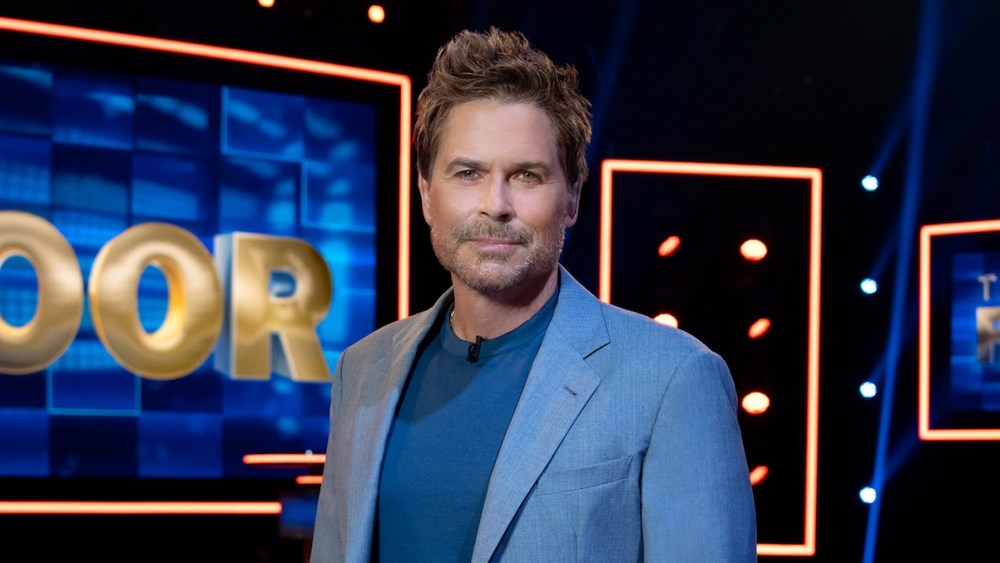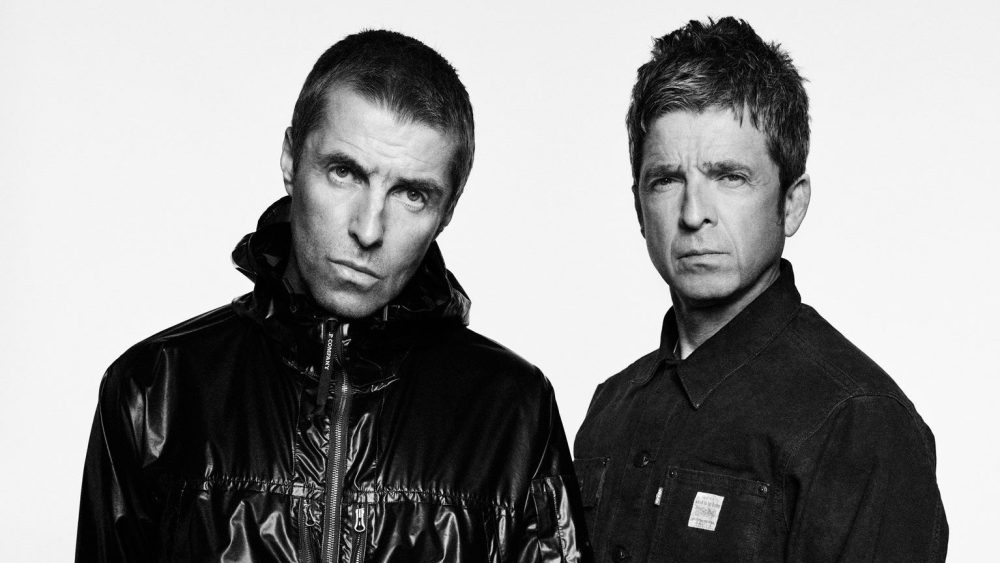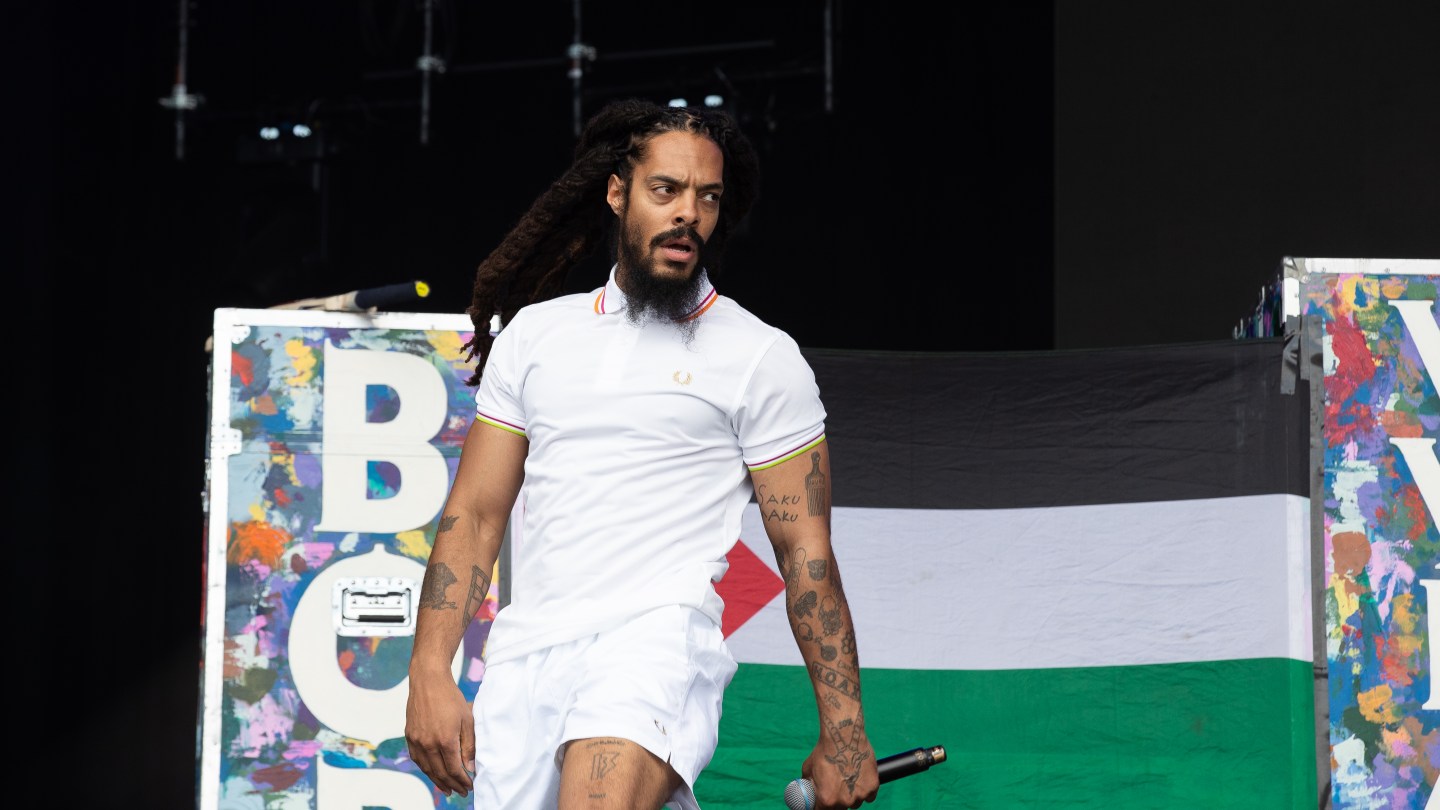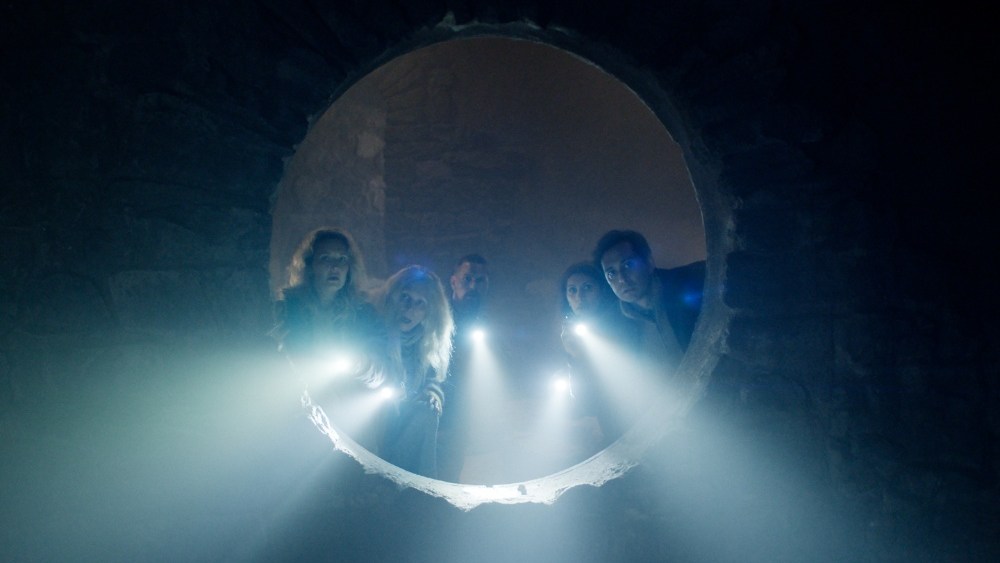Speaking at Spain’s Conecta Fiction & Entertainment, The Wit’s Caroline Servy cast a picture of a European content landscape that is evolving and consolidating, but far from collapsing. The trends she highlighted will do much to explain trading and company strategies in the long run-up to October’s Mipcom.
Here are five key takeaways:
From Peak to Plateau: A Market Coming Off the Boil, Not in Freefall
The golden age of content glut is officially over but Europe’s scripted and unscripted sectors remain healthier than pre-pandemic levels. Scripted commissions in Western Europe fell 17% from 2022-23, but remained up 1% versus 2018-19. Unscripted fared better, down just 6% on the year and still up 18% over 2018-19.
Streaming platforms saw even sharper pullbacks: original productions in Europe dropped 14% year-on-year. Still, global streamers remain entrenched — 40% of their non-U.S. productions now originate from Europe, led by the U.K. and Spain. “We could rather talk about a new normal for an industry,” Servy said. “with commissioning volumes that remain well above pre-COVID levels.”
Europe’s Creative DNA: Co-Pros, IPs and the Rise of Reality-Based Fiction
European scripted output is distinctively shaped by three dominant forces: co-productions, real-life inspiration and IP-based storytelling. A striking 41% of titles launched in the past year were based on either factual events or existing properties, with book adaptations leading the charge.
“True crime, in particular, has exploded — up 233% since 2018,” Servy noted.
Detective dramas (22%) and comedies (also 22%) continue to outperform global genre averages. Meanwhile, thrillers are enjoying a renaissance, as audiences seek smart, serialized narratives with high emotional stakes.
Formats Consolidate, Reboots Rise, Game Shows Resurge
While original format creation may have slowed, adaptation is on the rise, 7.7% of all premieres in Europe this year were based on pre-existing formats, a notable jump from 5.3% across 2020-25.
The market has pivoted toward a consolidation phase where reboots, returning seasons and spin-offs dominate. Game shows in particular are booming, making up 33% of all unscripted adaptations up from 25% over the previous five-year average.
Examples of the trend: Talpa Studios’ “The Floor,” Can’t Stop Media’s “The A Talks” and WB’s “The Golden Bachelor,” which collectively notched up 15 new adaptations this year in Europe.
The U.K. Still Rules — As Both Exporter and Now Importer
Britain remains the leading format exporter into Europe, accounting for nearly 24% of all adapted titles with hits like Love Productions’ “The Piano” topping sales charts. But in a shift, the U.K. has also entered the top 10 list of importers, with ITV alone adapting six formats this past season.
Spain, meanwhile, has emerged as the continent’s second-biggest buyer of international formats, driven by both private networks and regional public broadcasters such as FORTA.
“Traditionally strong exporters… are also looking increasingly keen on adapting formats from all regions,” said Servy.
Streamers Are Top Format Buyers — But Still Playing It Safe
Amazon and Netflix now rank as the world’s top two format importers — edging out traditional broadcasters like Netherlands’ RTL4. Half of their adaptations are in-house, the other half acquired from third parties.
Still, global platforms continue to favor established IP over creative risk. Reboots, upcycled reality franchises and formats featuring YouTube talent are increasingly common, as are gimmick twists on classic competition formats.
If there’s one throughline the analysis showed, however, it’s resilience. Content pipelines may be narrowing, but they’re also sharpening. As Europe leaves the binge commissioning era, it does so perhaps with a stronger sense of what works, and for whom.















Leave a Reply